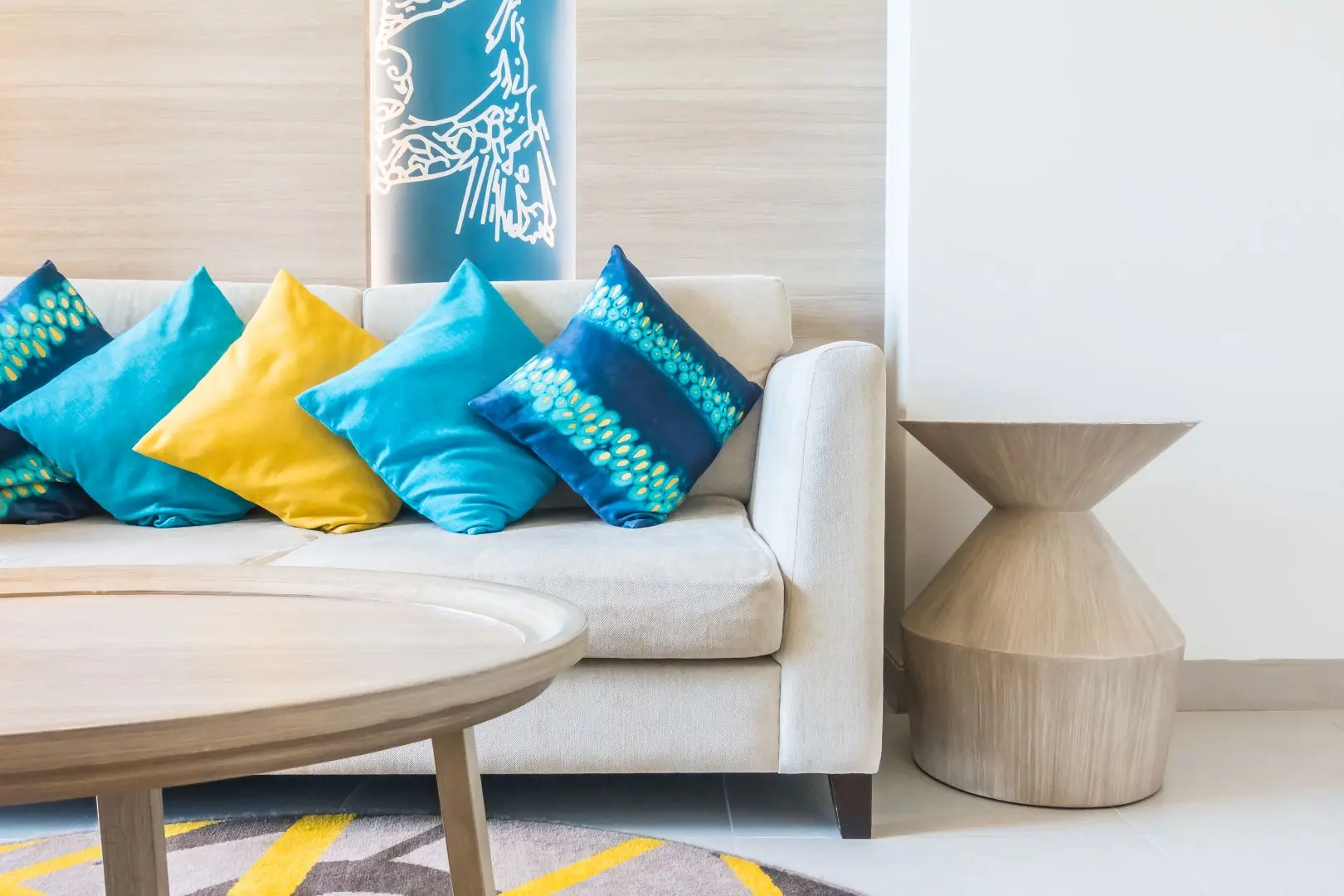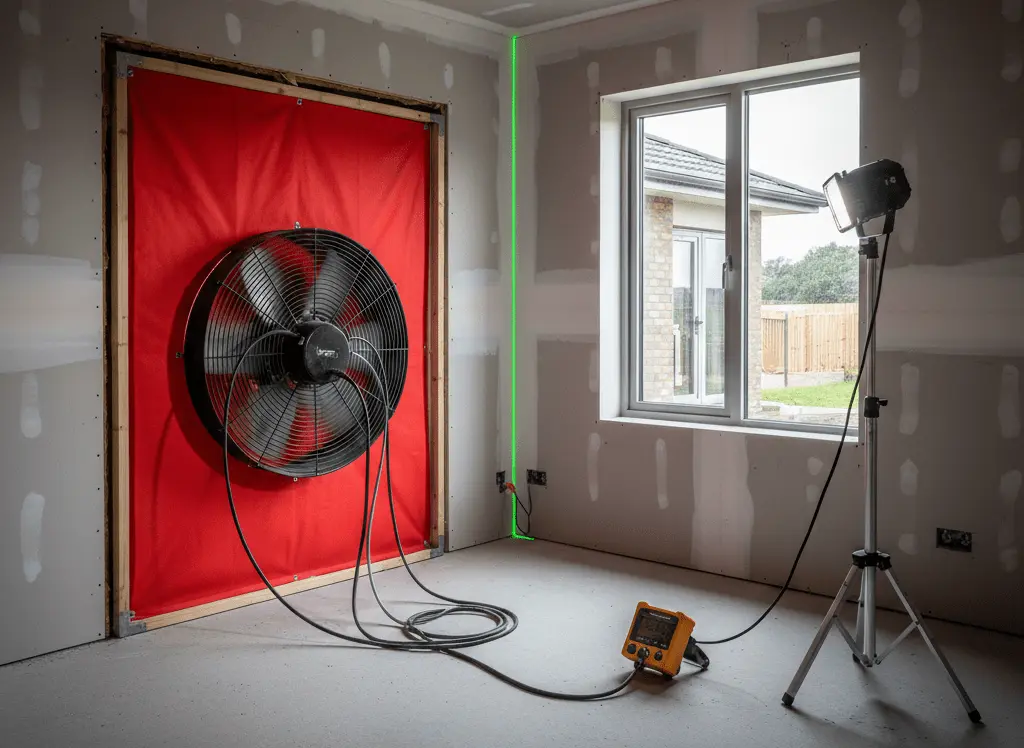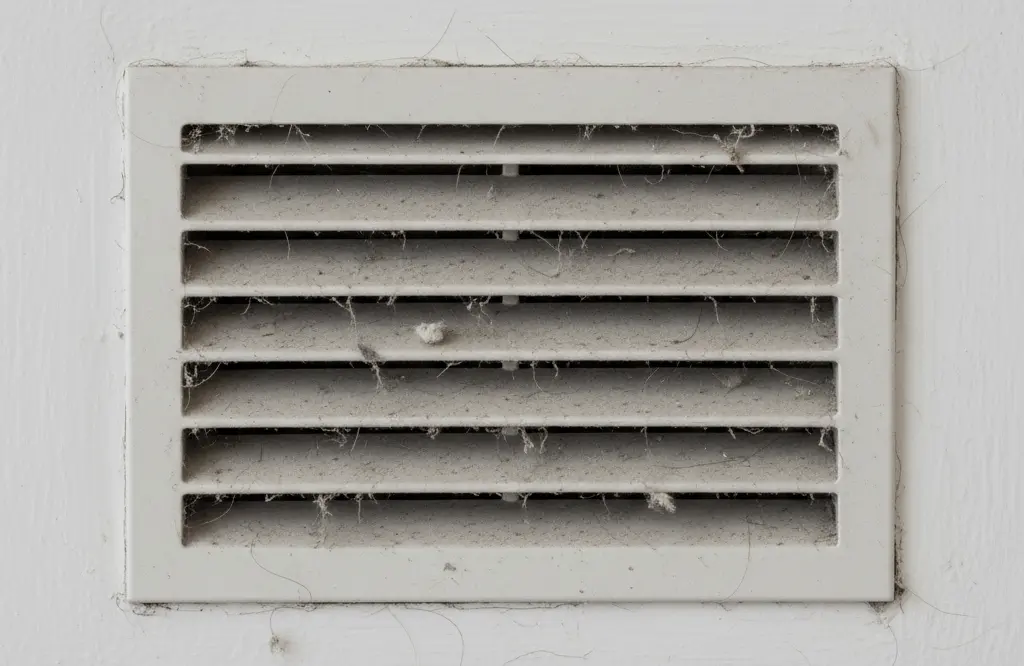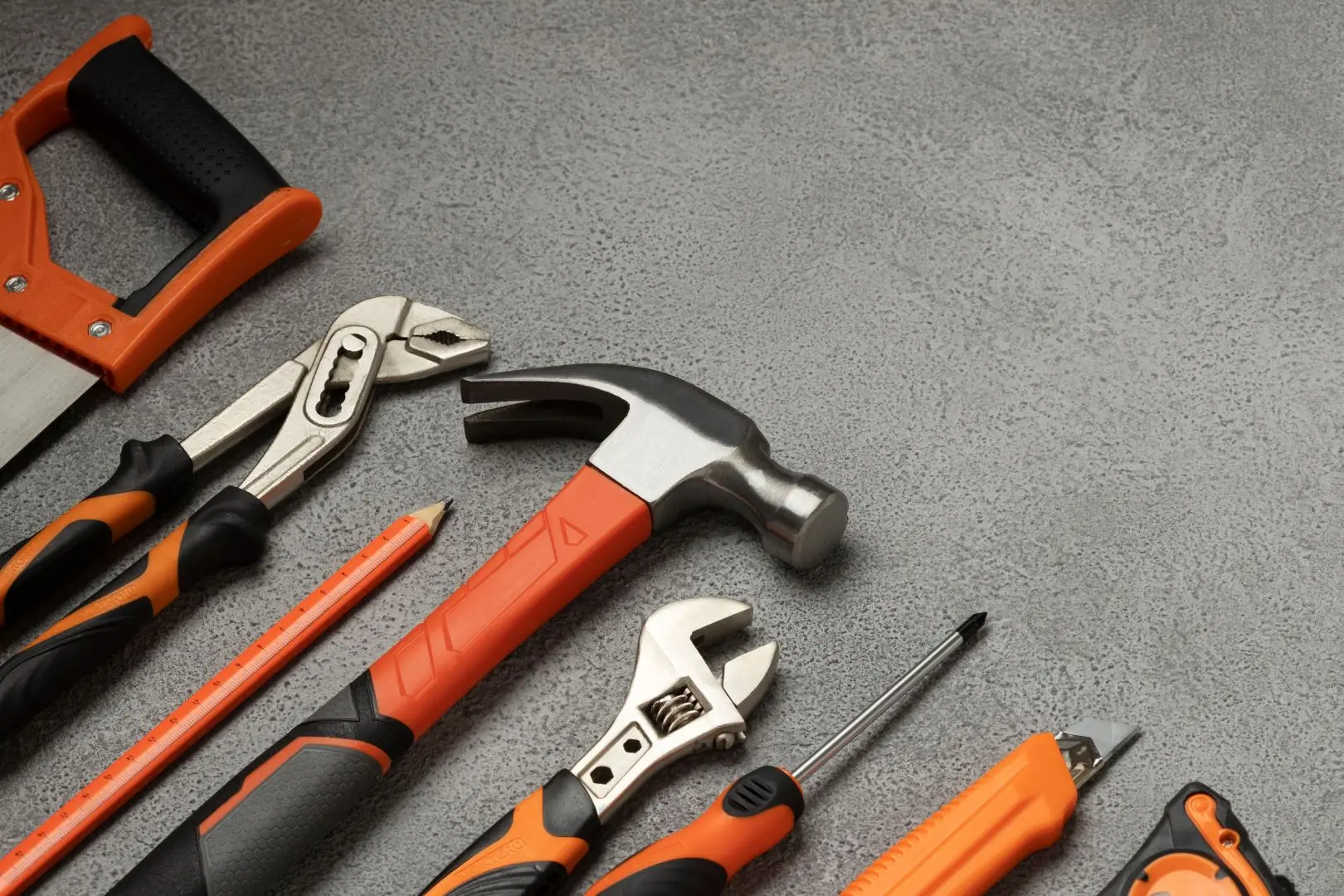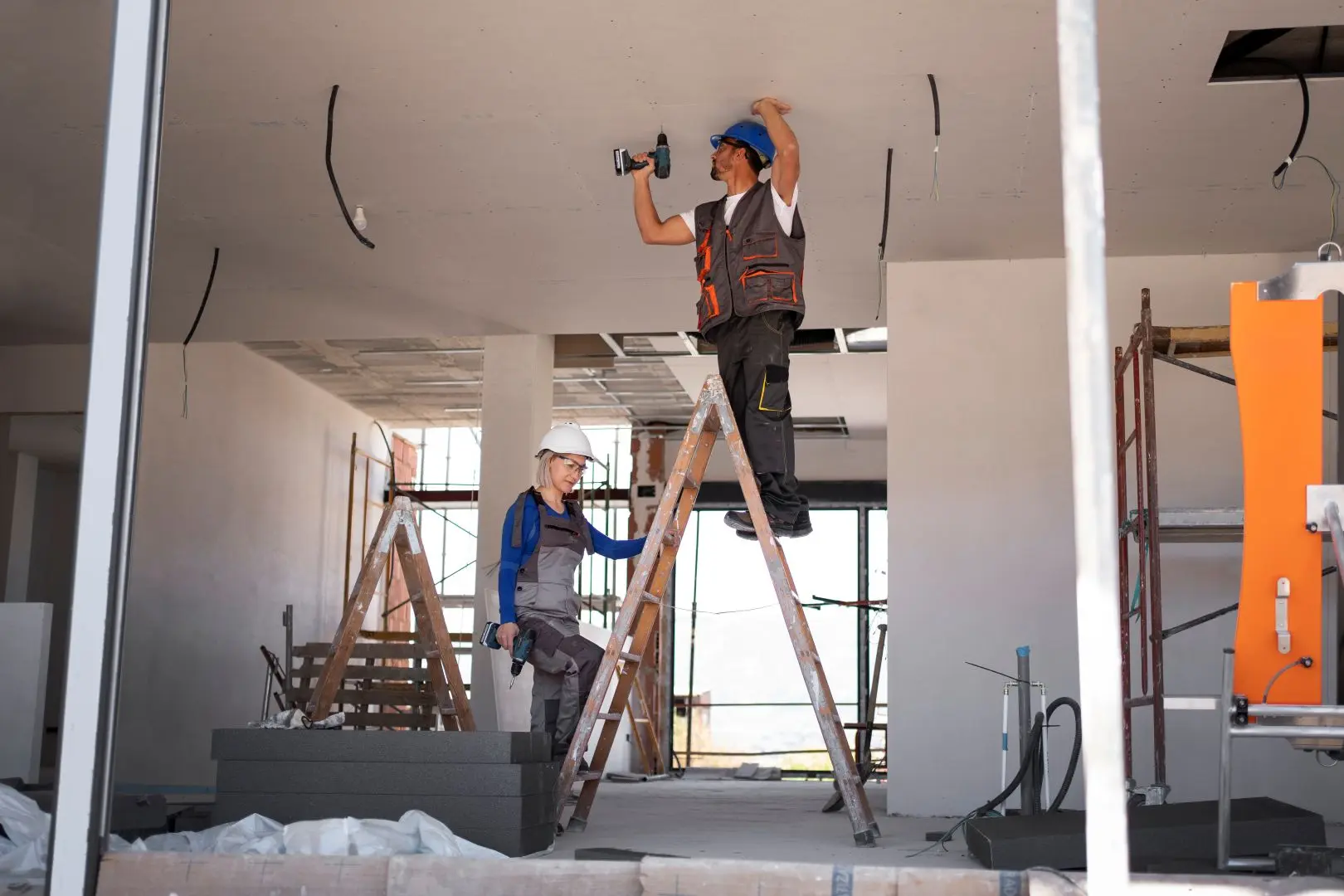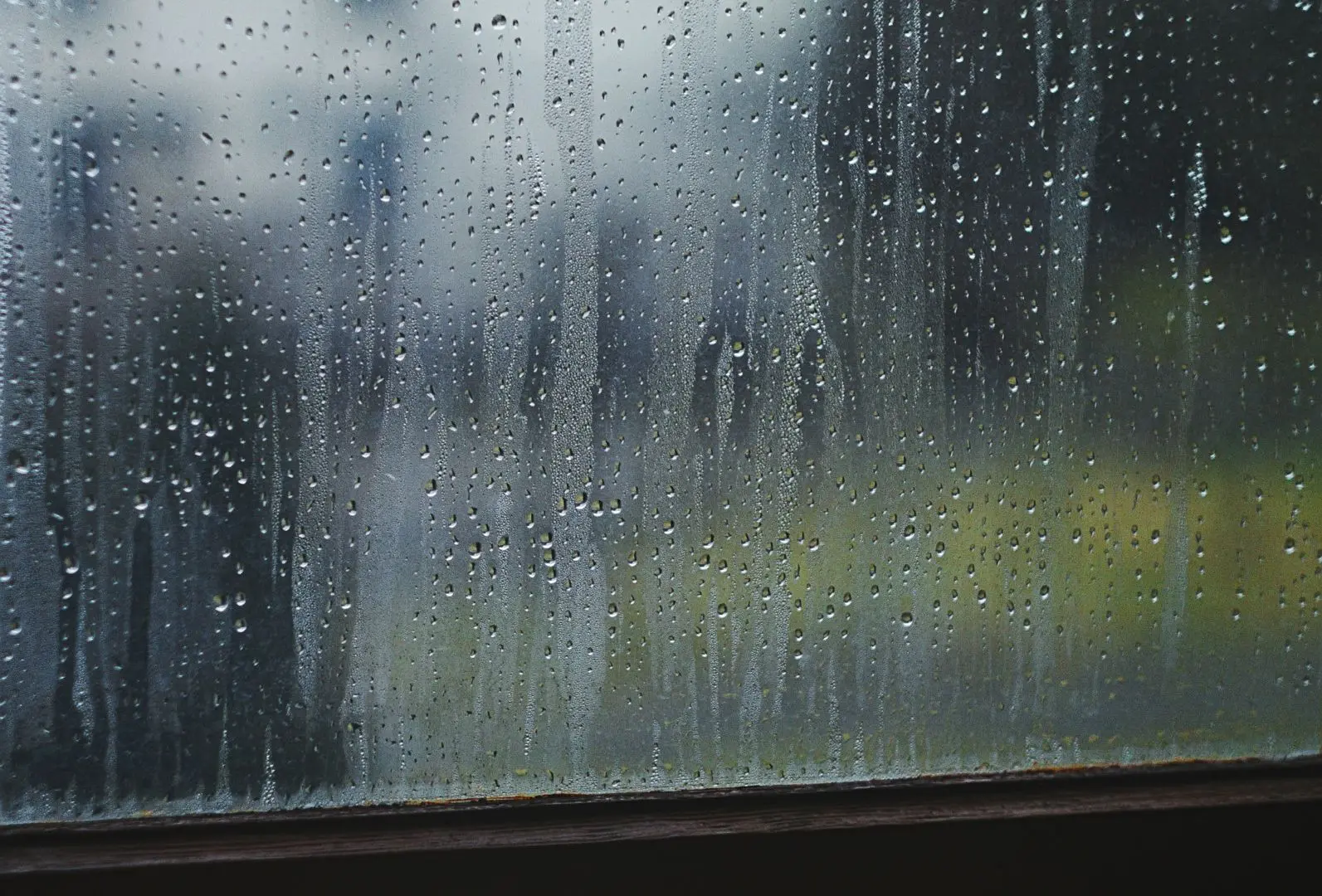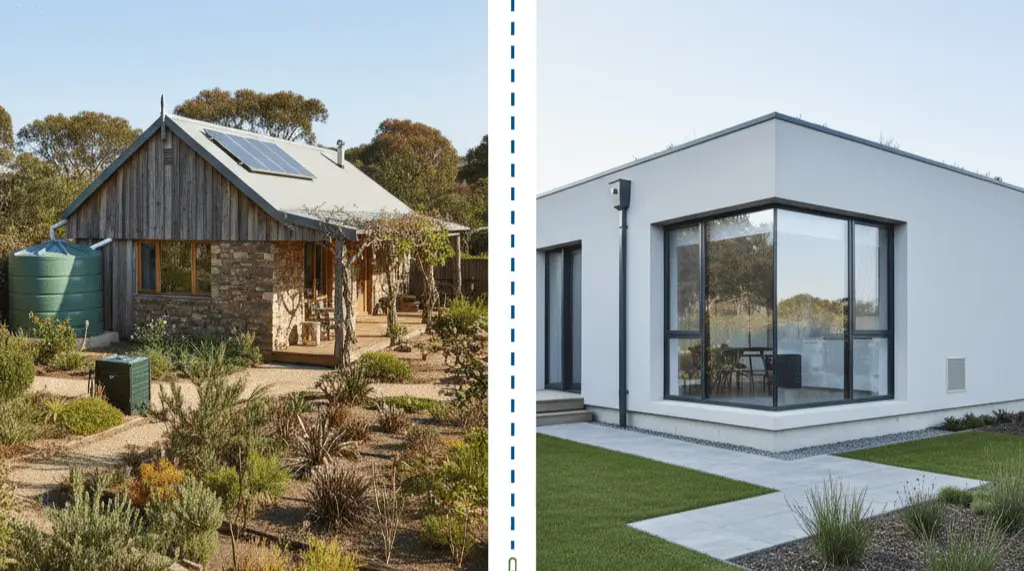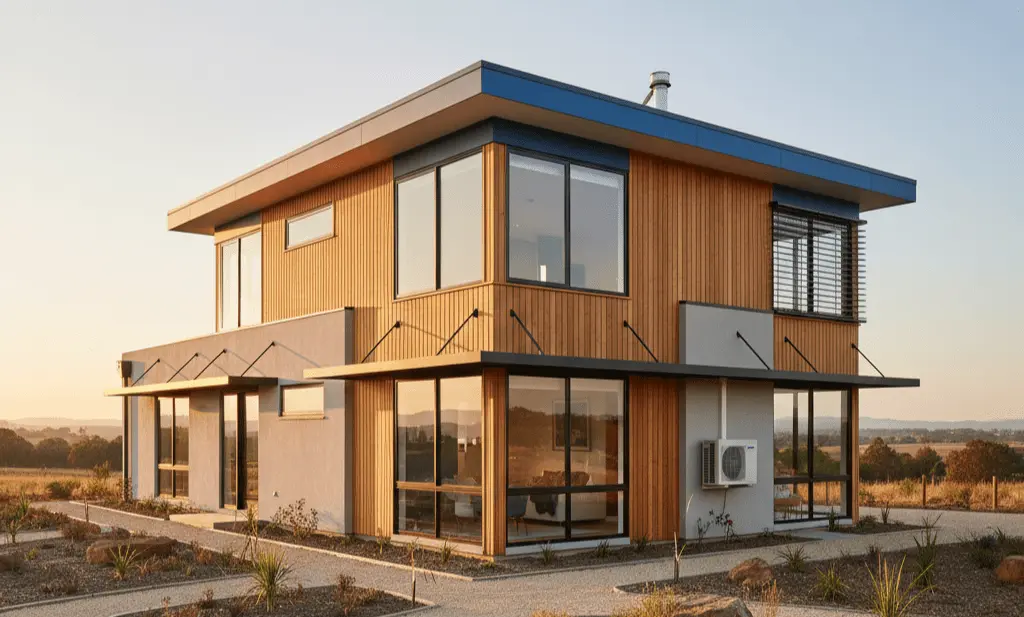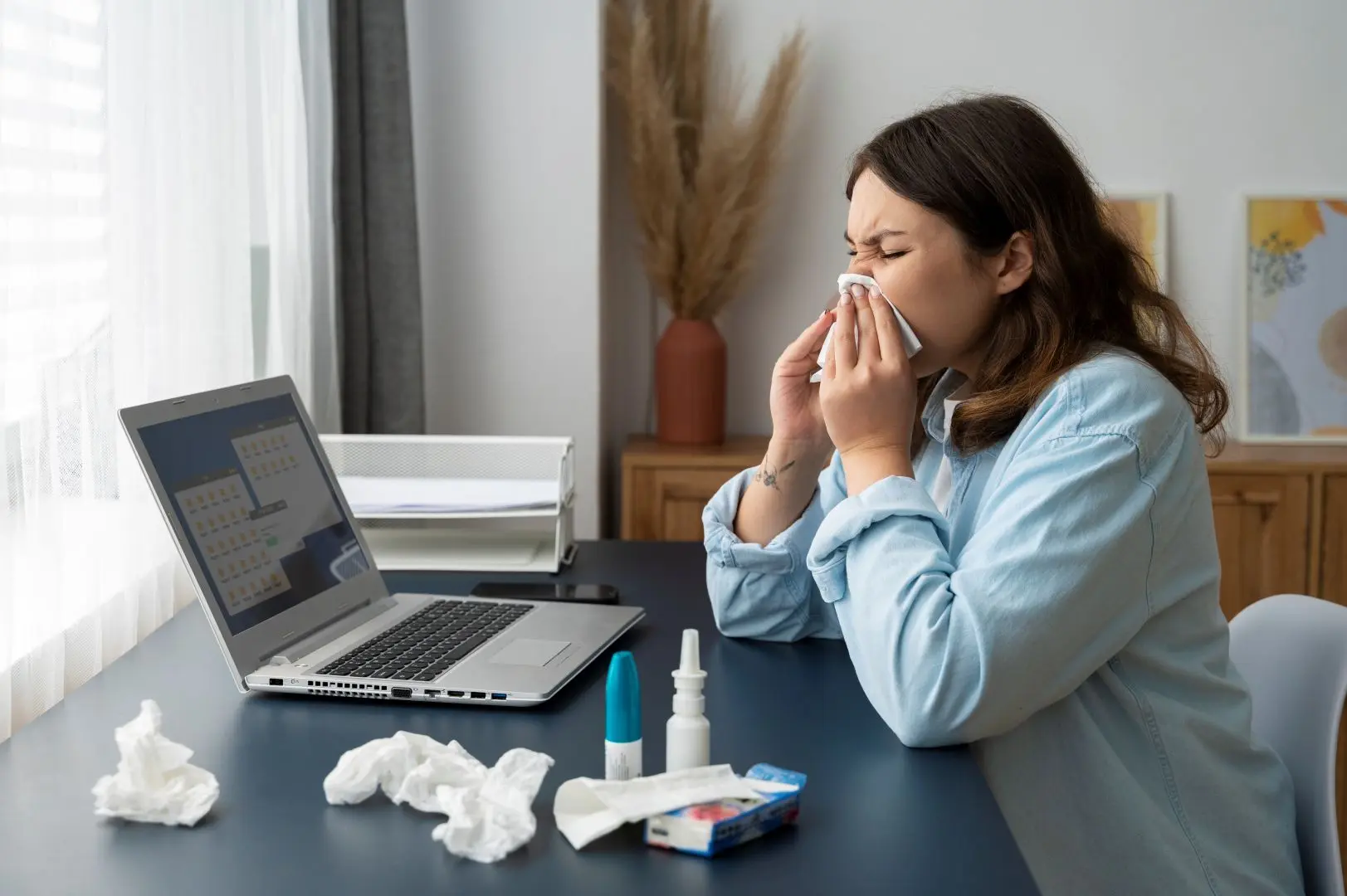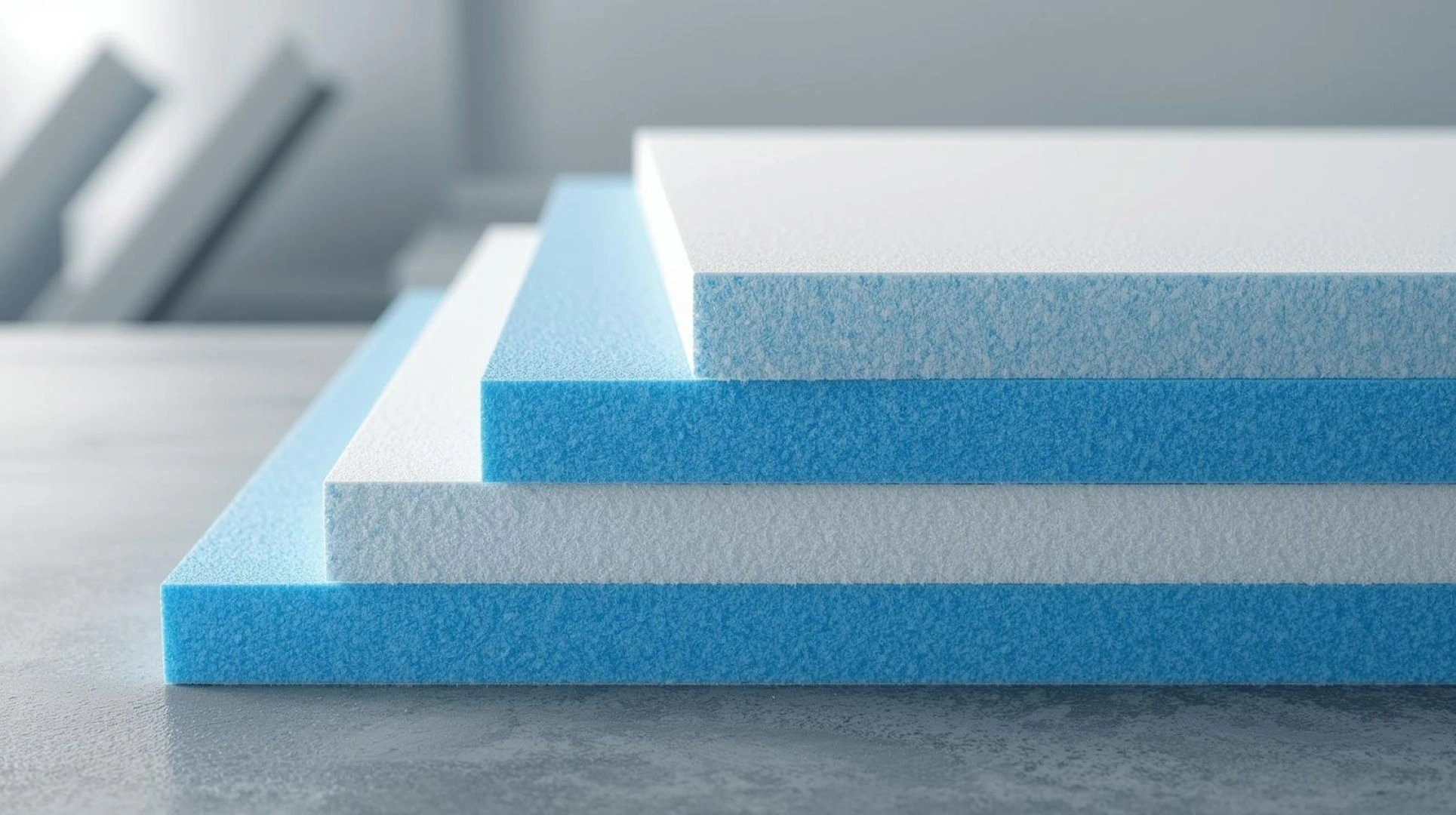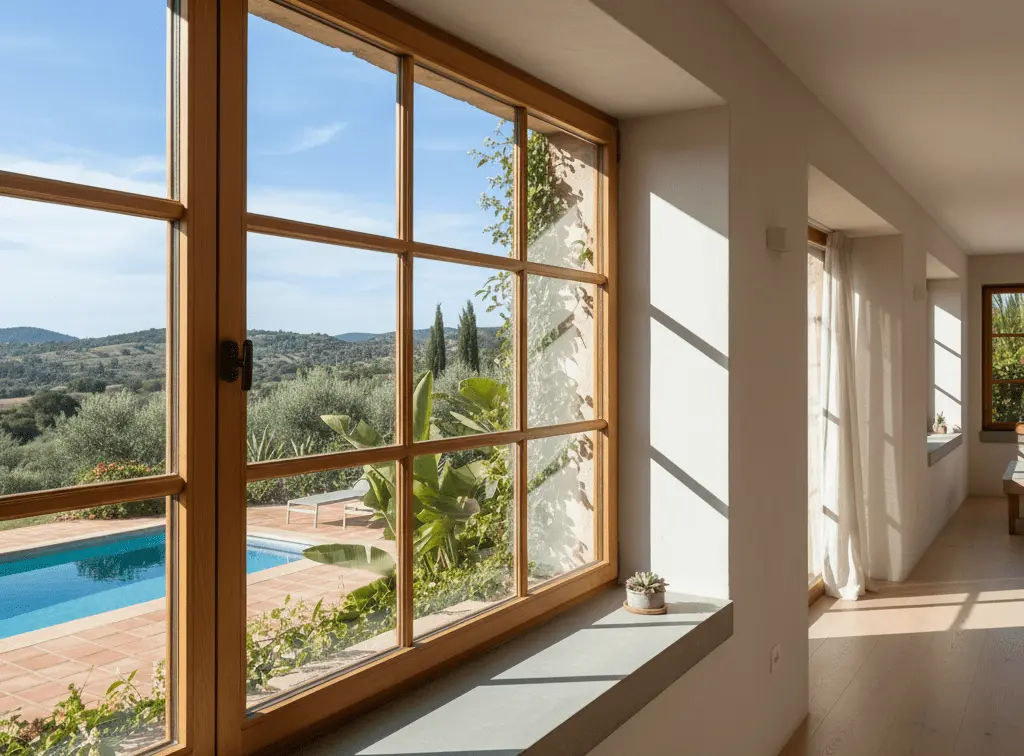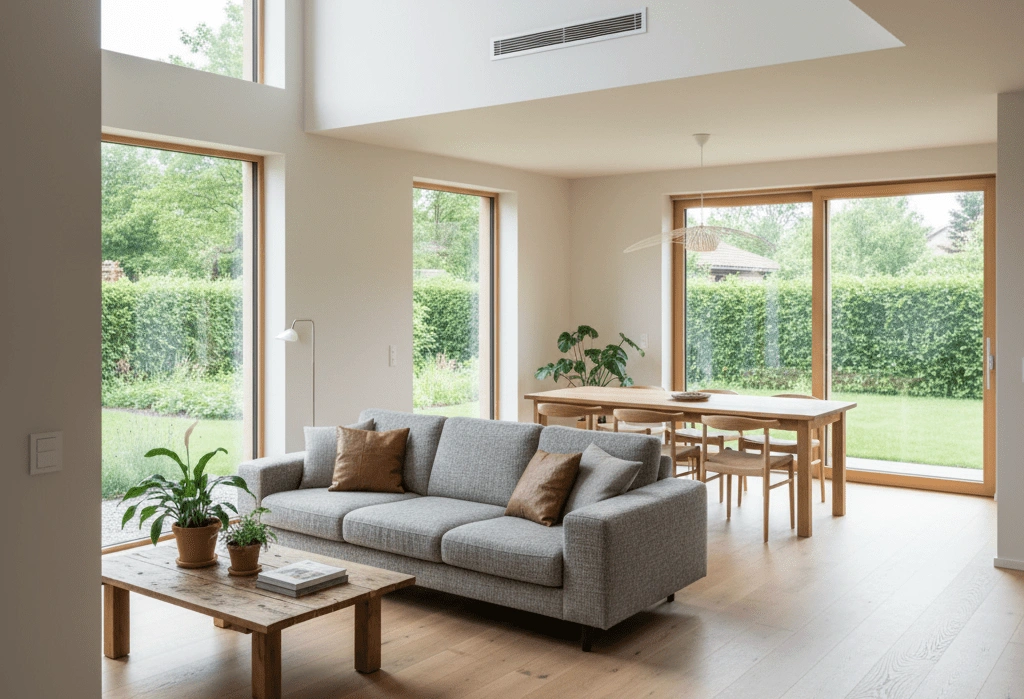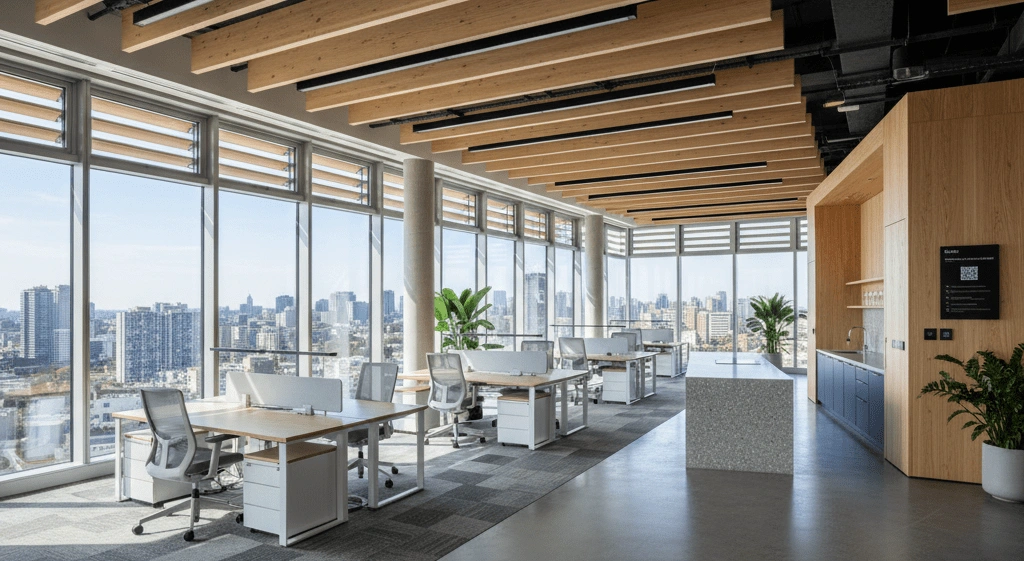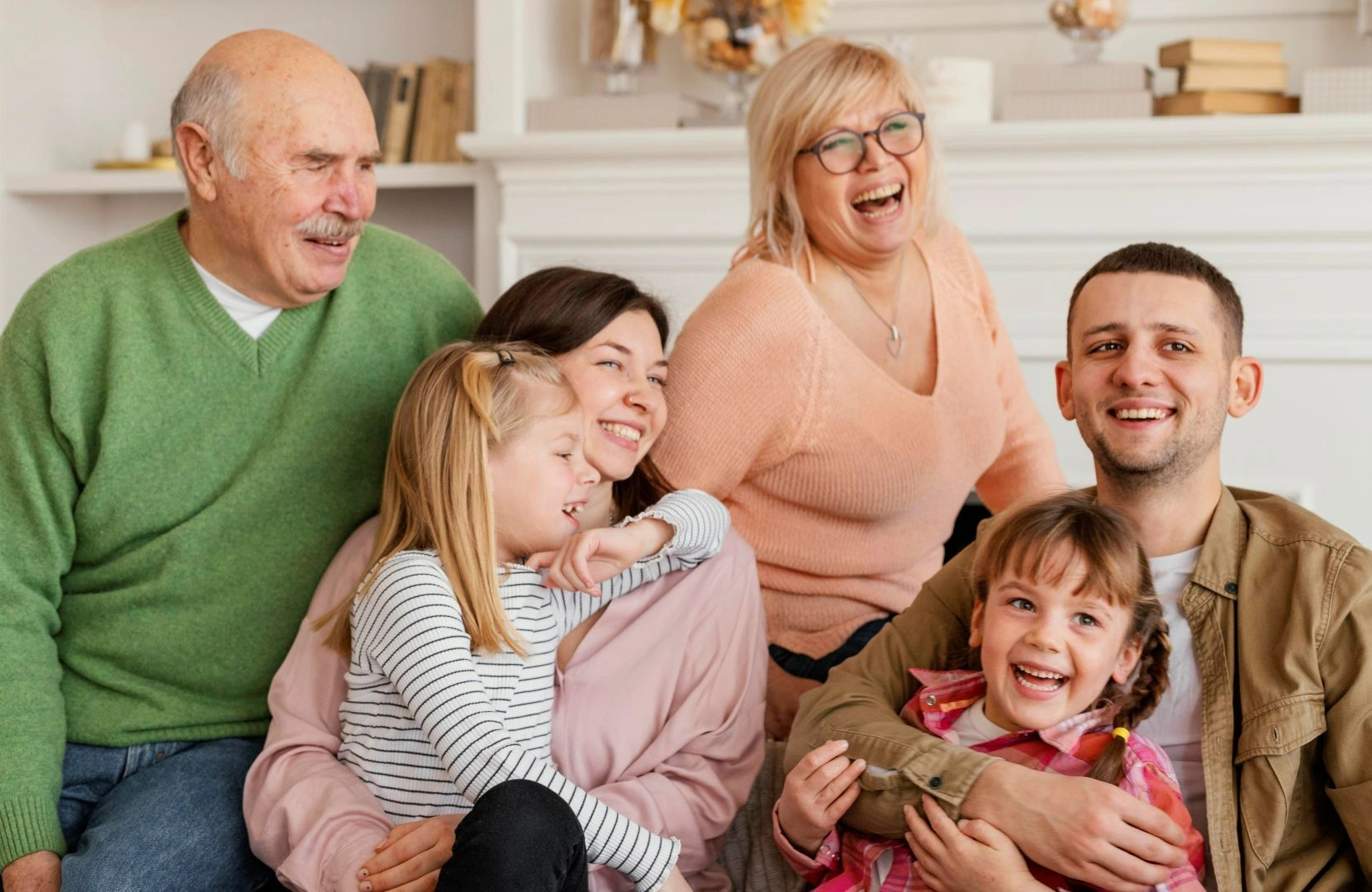How passive houses support healthy indoor air quality
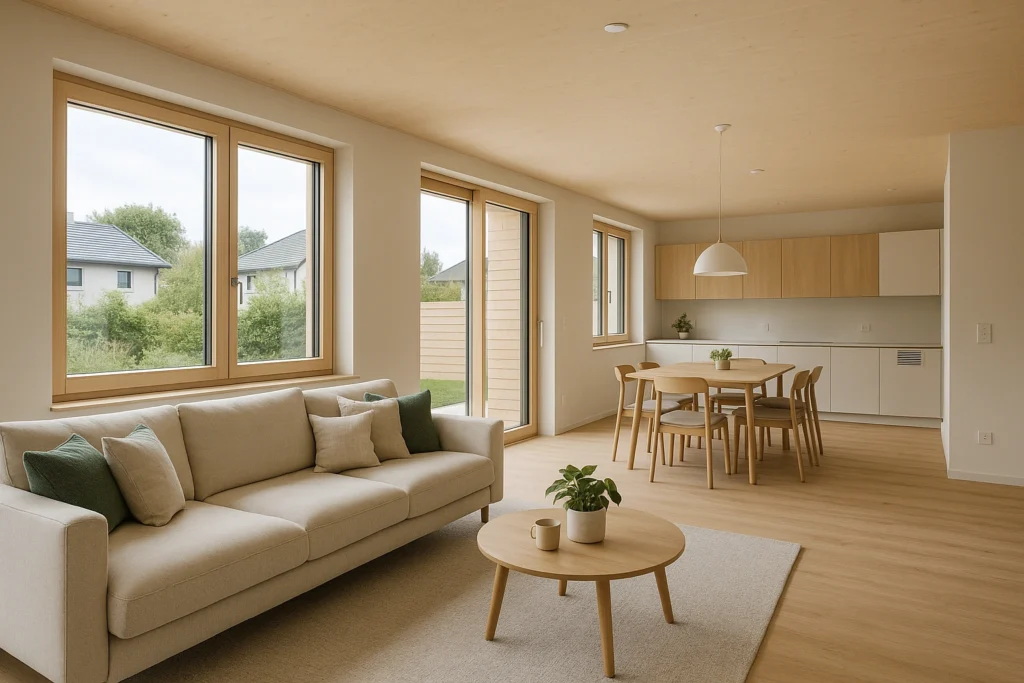

We spend a lot of time indoors – at home, at work and everywhere in between. In fact, according to the Department of Climate Change, Energy, the Environment and Water, Australians spend 90% or more of our time indoors.
That’s why indoor air quality has a major impact on our health and well-being. In recent years, more people in Australia have turned to passive house design not just to save energy but also to breathe more easily.
So, how does a passive design house support healthier air inside your home? The answer lies in the way passive houses are designed, built and ventilated.
What is a passive house?
A passive house (or Passivhaus, the original German term) is a type of building that follows a strict set of design principles to improve comfort and reduce energy use. These homes are airtight, well-insulated and use heat recovery ventilation systems to provide fresh air without wasting energy.
Why indoor air quality matters
Poor indoor air quality can lead to a range of health problems, including headaches, fatigue, allergies and respiratory issues. Common indoor air pollutants include dust, mould spores, volatile organic compounds (VOCs), carbon dioxide and even fine particles from outdoor air pollution.
In a standard home, ventilation often comes from opening windows or relying on leaks in the building envelope. That might sound fine, but it means you have little control over what’s coming in, especially during bushfire season, pollen-heavy months or in areas with traffic pollution.
Designing a passive house offers a way to take control of your air supply.
How passive house design improves air quality
One of the most important features of a passive house is the mechanical ventilation system with heat recovery, or MVHR system. This system works around the clock to remove stale air from inside the home and replace it with filtered, fresh air from outside.
Here’s how it supports a healthier indoor environment:
- Continuous fresh air: The MVHR system provides a steady supply of oxygen-rich air without the need to open windows.
- Filtered air:– Incoming air is filtered before it enters your living spaces, which removes dust, pollen and many airborne pollutants.
- Humidity control: Removing moist air from kitchens, bathrooms and laundries helps prevent condensation and mould.
- Balanced ventilation: Fresh air is supplied to living areas and bedrooms, while stale air is extracted from wet areas. This ensures a comfortable and consistent indoor climate.
Because passive buildings are so airtight, they rely entirely on these systems for ventilation, which means they’re designed to perform at a high standard.
Airtight doesn’t mean stuffy
A common myth about passive house design is that it makes homes feel sealed or stuffy. But in reality, it’s quite the opposite.
Passive house designers carefully model air flow, temperatures and humidity to create a home that feels fresh and comfortable all year round. The result is a home where the air feels clean and easy to breathe, without draughts or cold spots.
In traditional homes, outside air often enters through gaps in walls, roofs or around windows and doors. That air may bring in pollution, allergens or moisture, and because it’s uncontrolled, you can’t rely on it to meet your health or comfort needs. Passive house design avoids this by sealing the building envelope and controlling the way air enters and exits the home.
Ideal for allergy sufferers
For people with asthma, hayfever or dust sensitivities, passive house standards offer major benefits. Because the ventilation system filters out many airborne allergens, indoor air is often cleaner than outside. The consistent humidity and temperature also help reduce mould growth and dust mites, both of which are common triggers for respiratory conditions.
Many passive house builders now offer solutions designed to help people with allergies or chronic health conditions. These include higher-grade filters and systems that track air quality over time.
Designed for long-term wellbeing
Passive house designs are great for energy efficiency and sustainable living, but they also support long-term health.
Whether you’re building a new home or retrofitting an existing one, working with experienced passive house designers ensures that your home supports good air quality from the start. Designing a passive house involves early planning and close collaboration between the builder, architect and certifier. Passive house builders use specialist materials and techniques to meet the required airtightness and ventilation standards.
While upfront costs may be slightly higher, the benefits – including lower energy bills, fewer doctor visits and more comfortable living – can far outweigh the investment over time.
Final thoughts
Healthy air shouldn’t be a luxury. With passive building design, it’s possible to create homes that not only use less energy but also provide a cleaner, healthier environment for the people who live in them.
If you’re looking to build or renovate with health and comfort in mind, it’s worth speaking to certified passive house builders in your area. They’ll help you explore options and explain how passive house design could work for your lifestyle, budget and climate.
